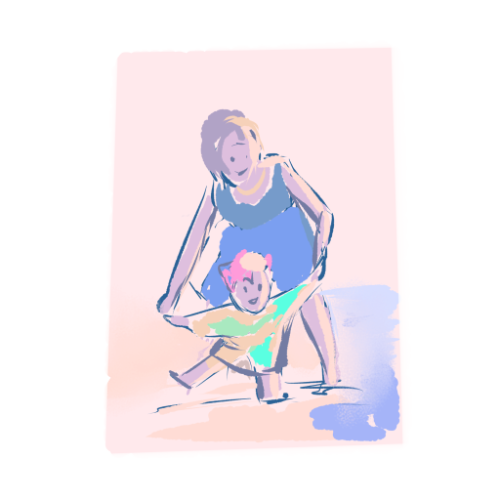


1910
The most important factor for the increase in migration movements in absolute numbers was the liberalization of the labour market within the Habsburg Monarchy from 1848 and 1867. There were now no significant obstacles to migration for migrants. (…)
The generation of immigrants after the turn of the century could fall back on a dense information network for migrants, which consisted of the presence of family members, relatives, acquaintances, local “landsmannschaftliche” associations or job placement institutions derived from traditional trades. The expansion of the railroad network enabled a constant coming and going of migrant workers. Of the civilians permanently present in Vienna at the end of 1910, 6.5% had only been living in the city for less than a year. About five times as many had left again in the same year. (…)
In Vienna, migrants mainly took up jobs in small trades and small businesses, with women primarily working in domestic services (cooks, maids) and as day laborers. Towards the end of the 19th century, more and more immigrants from the Bohemian countries were to be found in the industrial workforce. Sigmund Freud also arrived in Vienna as part of the Jewish family migration in 1859.
The second largest group of immigrants were Jewish migrants from the Bohemian lands, from Galicia and Bukovina and from the lands of the Kingdom of Hungary. In contrast to the Czechs, the Jewish immigrants mostly came as family migrants. Many were active in small trade, in the second generation also as employees, an elite as entrepreneurs and in the financial sector.
Czechs and Jews were exposed to increasing xenophobia, with anti-Semitic agitation becoming much more radical and intensifying towards the turn of the century. The fact that Karl Lueger, a mayor who popularized anti-Semitism and anti-Czechism, came to power in 1897 also contributed to this.
Source: Wien Geschichte Wiki
2024
Vienna has experienced extremely dynamic population growth over the last 60 years. Within just a few decades, a stagnating city first became a shrinking and later a rapidly growing city. At the same time, an ageing city became a young metropolis, mainly due to international immigration.
The fall of the Iron Curtain, the wars in the former Yugoslavia, Austria’s accession to the EU, the enlargements of the EU in 2004, 2007 and 2013 and immigration from the conflict regions of Syria, Afghanistan and Ukraine in 2022 have led to significant growth in the city of Vienna. Since joining the European Union in 1995, Vienna has grown by 439,430 people due to the migration balance and the positive birth balance since 2004. At the beginning of 2023, 1,982,097 people lived in Vienna.
The influx of mainly young people is clearly visible in the composition of Vienna’s population. At the beginning of 2023, 34.2 percent of Viennese had foreign citizenship, 39.3 percent were born abroad and 44.4 percent were of foreign origin – meaning they either had foreign citizenship or were foreign-born people with Austrian citizenship.
2040
…
LINKS
